Located in the heart of Manila’s historic Intramuros, Fort Santiago stands as a timeless monument to the Philippines’ colonial past and the bravery of its national hero, José Rizal. This 16th-century fortress, built by the Spanish, has witnessed centuries of history, from battles and foreign invasions to the imprisonment of Rizal before his execution in 1896. Walking through its gates is like stepping into the past, with Fort Santiago photos capturing its iconic walls, dungeons, and beautifully preserved grounds. A visit here is a must for history lovers and culture enthusiasts.
Location
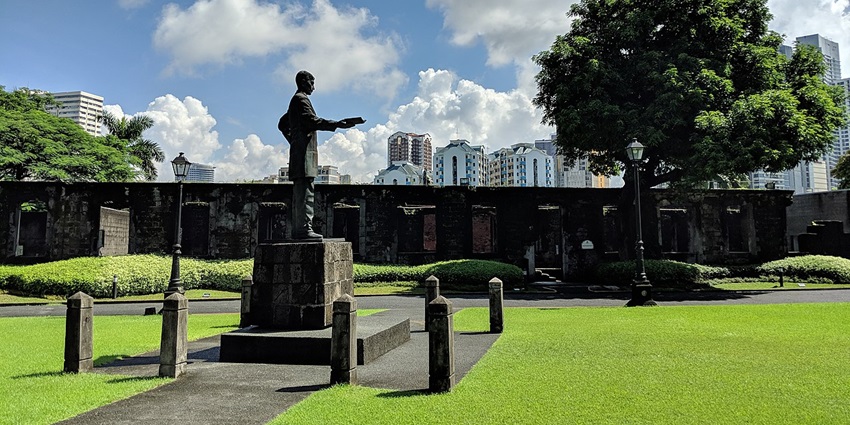
Photo: Lyuk98 / Wikimedia Commons
Fort Santiago is located in Intramuros, Manila, Philippines, along the banks of the Pasig River. It is easily accessible from different parts of Metro Manila. The fort is around 11 km from Ninoy Aquino International Airport (NAIA) and a short drive from major areas like Makati (9 km) and Quezon City (23 km). Being in the heart of Manila’s historic district, it is surrounded by other notable landmarks, including Manila Cathedral, San Agustin Church, and Rizal Park.
How To Reach
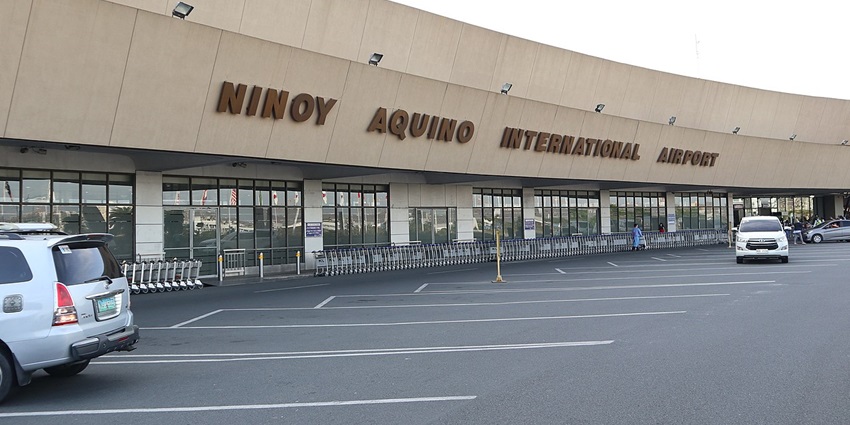
Photo: Patrickroque01 / Wikimedia Commons / Image For Representation Only
By Air: The nearest airport is Ninoy Aquino International Airport (NAIA). From there, you can take a taxi, Grab, or public transportation to Intramuros.
By Rail: Take the LRT-1 (Light Rail Transit) to Central Terminal Station, then walk or take a short jeepney ride to Fort Santiago.
By Road:
- Jeepneys going to Intramuros from Quiapo, Divisoria, or Lawton pass by Fort Santiago.
- Taxis and Grab are convenient options, especially for tourists.
- Pedicabs and kalesas (horse-drawn carriages) offer a unique way to explore Intramuros.
Places To Visit In And Around Fort Santiago
Beyond its walls, there are several fascinating places to explore, offering a mix of history, culture, and modern attractions. Here are five must-visit places around Fort Santiago.
1. Intramuros
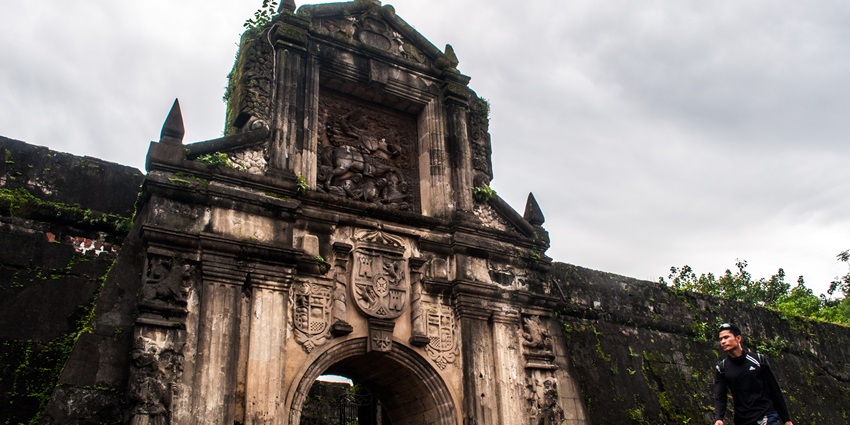
Photo: Armanbarbuco / Wikimedia Commons
Intramuros, also known as the ‘Walled City,’ is the oldest district in Manila, built during the Spanish colonial period. Walking through its cobblestone streets, you’ll find well-preserved historic structures, churches, and museums that showcase the city’s rich past. Notable landmarks include the Manila Cathedral, San Agustin Church, and Casa Manila. The area is also home to charming cafes and kalesa (horse-drawn carriage) rides.
Timing: 8 AM – 10 PM
Main Attractions: Manila Cathedral, San Agustin Church, Casa Manila
2. Rizal Park
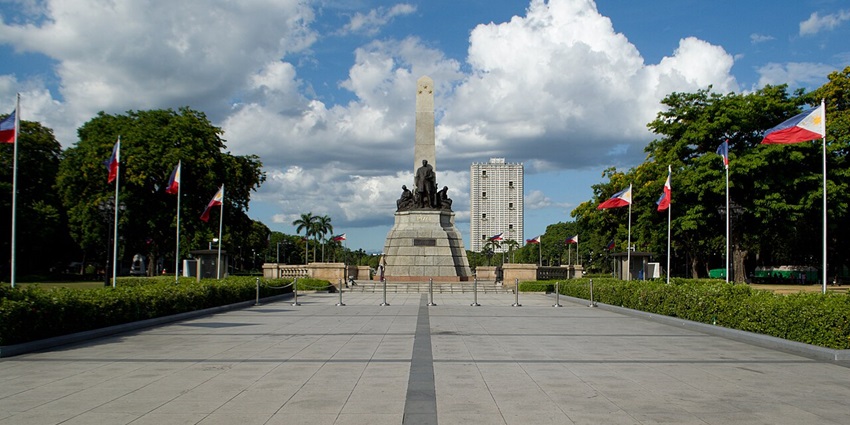
Photo: PhiliptheNumber1 / Wikimedia Commons
Also known as Luneta Park, Rizal Park is a national landmark dedicated to the Philippine national hero, Dr. José Rizal. This sprawling urban park is a great spot for relaxation, featuring gardens, fountains, and historical markers. The Rizal Monument, which contains the hero’s remains, is a significant highlight. It is a popular destination for history enthusiasts and families looking for a peaceful retreat in the city.
Timing: 5 AM – 9 PM
Main Attractions: Rizal Monument, Chinese Garden, Japanese Garden
3. San Agustin Church and Museum
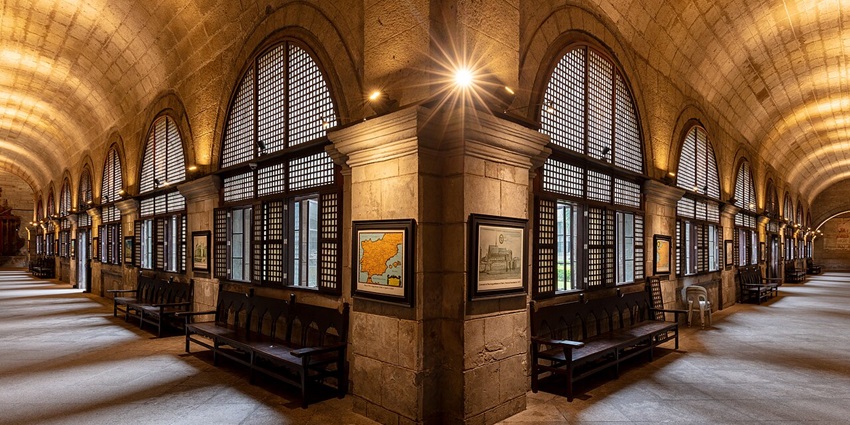
Photo: Diego Delso / Wikimedia Commons
San Agustin Church is the oldest stone church in the Philippines and a UNESCO World Heritage Site. Built in 1607, it features stunning Baroque architecture, intricate woodwork, and religious artefacts. The adjoining museum houses historical artworks, religious relics, and colonial-era documents. The grand interiors, impressive ceiling murals, and centuries-old chandeliers make it a must-visit for history and architecture lovers.
Timing: 8 AM – 6 PM
Main Attractions: Baroque architecture, ceiling murals, religious artefacts
4. Manila Cathedral
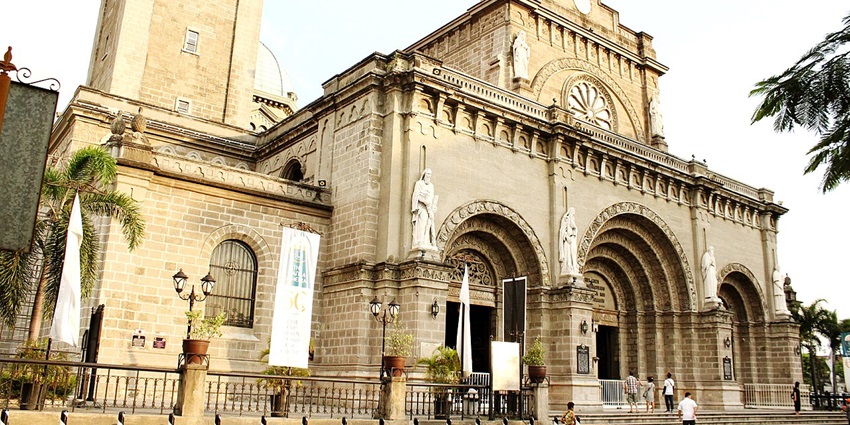
Photo: Jabrian37 / Wikimedia Commons
The Manila Cathedral is one of the most important religious landmarks in the Philippines. Originally built in 1581, the cathedral has been rebuilt several times due to wars and natural disasters. Its grand Neo-Romanesque architecture, intricate stained-glass windows, and majestic altar make it a breathtaking sight. It serves as the seat of the Archbishop of Manila and remains a significant place of worship and history.
Timing: 7 AM – 6 PM
Main Attractions: Stained-glass windows, grand altar, historical significance
5. National Museum Of The Philippines
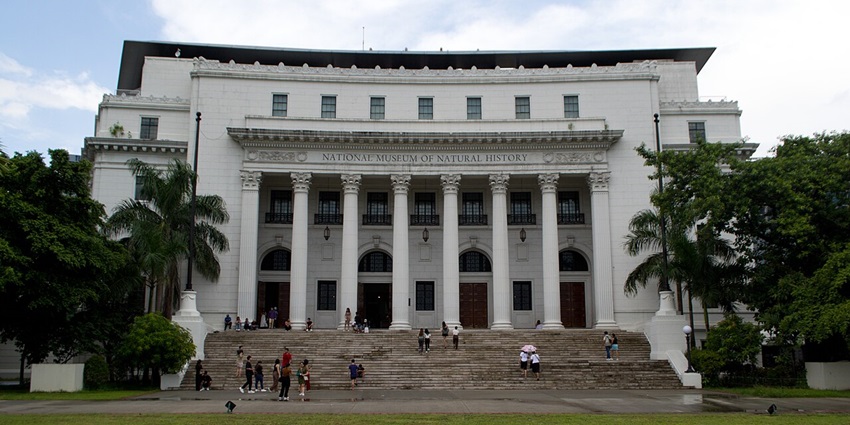
Photo: PhiliptheNumber1 / Wikimedia Commons
A short drive from Fort Santiago, the National Museum of the Philippines is a cultural treasure trove showcasing the country’s history, art, and natural heritage. The museum complex consists of the National Museum of Fine Arts, the National Museum of Anthropology, and the National Museum of Natural History. Notable exhibits include the Spoliarium by Juan Luna and pre-colonial artefacts from various indigenous groups.
Location: Padre Burgos Ave, Ermita, Manila, Philippines
Timing: 9 AM – 5 PM
Where To Stay
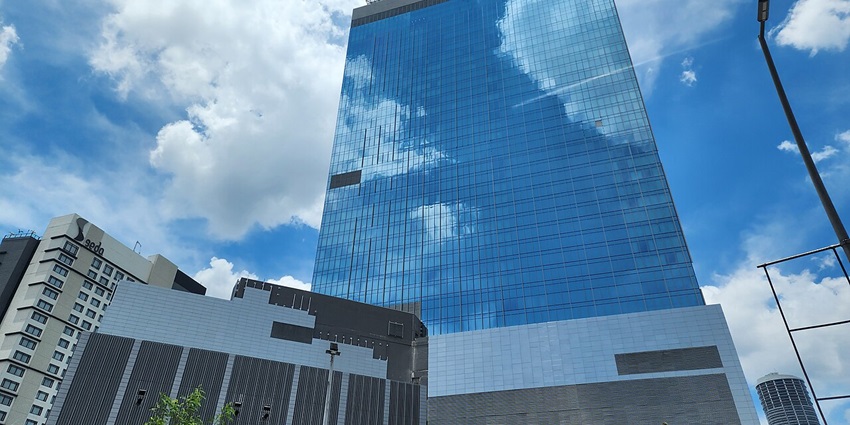
Photo: LMP 2001 / Wikimedia Commons / Image For Representation Only
Manila offers a diverse range of accommodations catering to all budgets, from luxury stays to budget-friendly lodgings. For a lavish experience, The Peninsula Manila and Solaire Resort & Casino provide top-tier amenities, fine dining, and stunning city views. Ascott Bonifacio Global City and New World Makati balance luxury with convenience for business and leisure travellers. Mid-range options like City Garden Grand Hotel and Seda Vertis North offer comfort and accessibility. Budget travellers can opt for Red Planet Manila Bay or Lub d Makati, which provide modern amenities at affordable rates.
Where To Eat
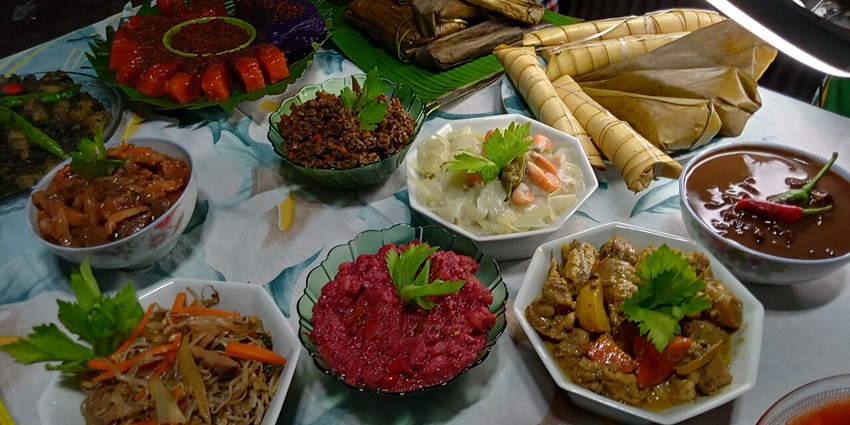
Photo: MarvinBikolano / Wikimedia Commons / Image For Representation Only
Manila’s food scene is a vibrant mix of traditional Filipino flavours and global influences. Indulge in authentic lechon at Rico’s Lechon, savour the famous halo-halo at Milky Way Café, or enjoy creative Filipino fusion at Toyo Eatery. For fresh seafood, try The Red Crab. Want ramen? Mendokoro Ramenba is a must. If you’re into steaks, Elbert’s Steak Room delivers premium cuts. La Cabrera offers top-tier Argentinian grills, while Manam serves the best crispy sisig and sinigang na beef short ribs.
Best Time To Visit
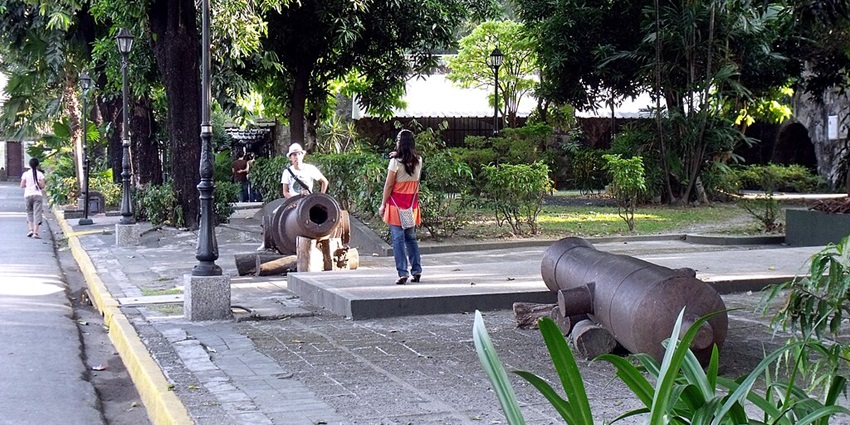
Photo: André Héroux / Wikimedia Commons / Image For Representation Only
The best time to visit Fort Santiago is during the dry season from November to April, when the weather is pleasant for exploring its historic ruins and scenic gardens. This 16th-century fortress, once a Spanish military stronghold, is famous for its well-preserved dungeons, intricate gates, and its role in Philippine history, especially as the place where national hero José Rizal was imprisoned before his execution. Visitors can walk along its stone walls, discover hidden chambers, and enjoy a peaceful riverside view.
Other Factors To Consider
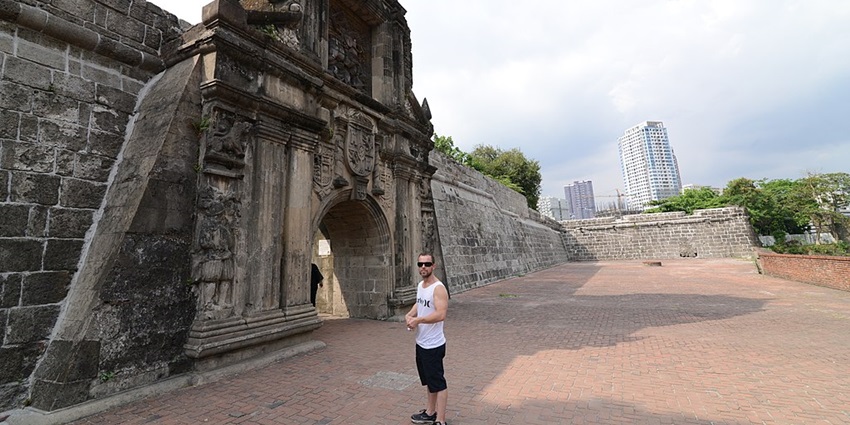
Photo: Jorge Láscar / Wikimedia Commons
Average Cost Of The Trip
The average cost of a trip to Fort Santiago after arrival in the Philippines depends on transportation, entrance fees, and other expenses. The entrance fee is around PHP 75 ($1.50) for locals and PHP 300 ($5.50) for foreigners. A taxi or Grab ride from Manila costs PHP 150–300 ($3–$5). Food and drinks nearby may cost PHP 200–500 ($4–$9). Budget travellers can spend around $10–$20 for a visit, while those opting for guided tours and souvenirs may spend $30–$50.
Tips For Travellers
- Fort Santiago requires a lot of walking.
- Manila can be hot and humid.
- Avoid littering and climbing on restricted areas.
- Read Fort Santiago reviews before your visit for updated visitor experiences.
- Hire a guide or join a tour for a more in-depth historical experience.
Fort Santiago stands as a testament to the strength, resilience, and history of the Filipino people. From its imposing walls to the solemn dungeons, every corner tells a story of courage and struggle. Walking through its historic pathways allows visitors to connect with the past and appreciate the sacrifices made for freedom. Whether you’re a history enthusiast or a casual traveller, this iconic site in Manila is a must-visit. Book your trip with TripXL today and experience its rich heritage firsthand!
Cover Photo: Lyuk98 / Wikimedia Commons


 WhatsApp
WhatsApp
 Twitter
Twitter









